If you’re ready to travel to Patagonia, prepare to be swept away by an adventure that challenges the senses and rekindles your love for the natural world. In this guide, you’ll discover everything you need to know about this vast and captivating region—from its awe-inspiring landscapes and rich cultural history to practical advice that ensures your journey is as seamless as it is unforgettable. Whether you’re a seasoned explorer or a curious traveler seeking new horizons, this comprehensive resource is designed to spark your wanderlust and equip you with insider tips for a safe, sustainable, and soul-stirring trip.
Table of Contents
Discovering Patagonia – Geography, History, and Culture
Patagonia is not just a destination—it’s a mosaic of diverse ecosystems, traditions, and histories that have shaped its identity over centuries. Understanding the region’s geographical marvels, storied past, and vibrant culture is the first step toward a truly immersive experience.
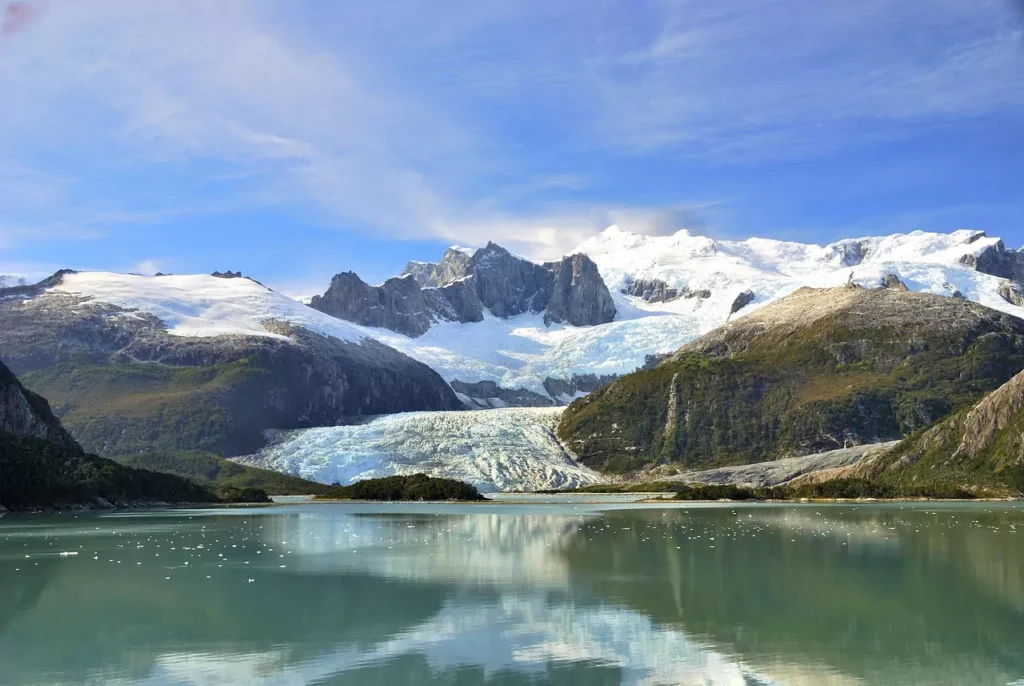
The Magnificent Geography of Patagonia
Patagonia spans across the southern parts of Argentina and Chile, where rugged mountains, expansive steppes, and sprawling glaciers create a landscape unlike any other. As you explore this region, you’ll encounter dramatic contrasts that are both humbling and exhilarating.
- Diverse Landscapes:
- Glaciers and Ice Fields: Marvel at the colossal Perito Moreno Glacier and other icy wonders that epitomize the region’s natural power.
- Mountain Ranges: Discover the imposing peaks of the Andes, including iconic formations like Fitz Roy and the Torres del Paine.
- Vast Steppes and Lakes: Traverse rolling plains dotted with shimmering lakes and winding rivers, perfect for photography and quiet reflection.
- Key Data & Resources:
- Use high-resolution maps and satellite imagery to appreciate the sheer scale of these landscapes.
- National park visitor statistics and UNESCO heritage designations can provide context about conservation efforts and visitor experiences.
A Brief History of Patagonia
The history of Patagonia is as layered and dramatic as its terrain. Over time, this region has been home to indigenous communities, explorers, and settlers whose stories continue to resonate today.
- Indigenous Heritage:
- Learn about the native peoples, such as the Mapuche and Tehuelche, whose traditions and resilience have left an indelible mark on Patagonia.
- European Exploration and Settlement:
- Early European explorers ventured into these remote lands in search of new trade routes and natural riches, sparking a period of intense cultural exchange—and sometimes conflict.
- Modern Developments:
- Today, the legacy of these early encounters is visible in the art, architecture, and local customs that blend indigenous wisdom with modern influences.
- Key Data & Resources:
- Historical records, academic studies, and museum archives provide detailed accounts of these transformative eras, adding depth to your understanding of Patagonia’s identity.
The Vibrant Culture and Traditions
Patagonia’s cultural landscape is a rich tapestry woven from ancient traditions, colonial influences, and the enduring spirit of its people. When you visit, you’re not just witnessing natural beauty—you’re experiencing a living heritage.
- Local Traditions:
- Enjoy regional festivals and cultural events that showcase the unique history of Patagonia, where you can explore local customs, witness traditional crafts, and taste authentic regional cuisine in a festive atmosphere..
- Cultural Fusion:
- Experience the blend of indigenous practices with European customs, reflected in local art, literature, and community celebrations.
- Everyday Life:
- Engage with local artisans and meet residents whose stories bring the past and present together in fascinating ways.
- Key Data & Resources:
- Cultural studies and insights from local tourism boards will help you uncover the significance of festivals, rituals, and community life throughout Patagonia.
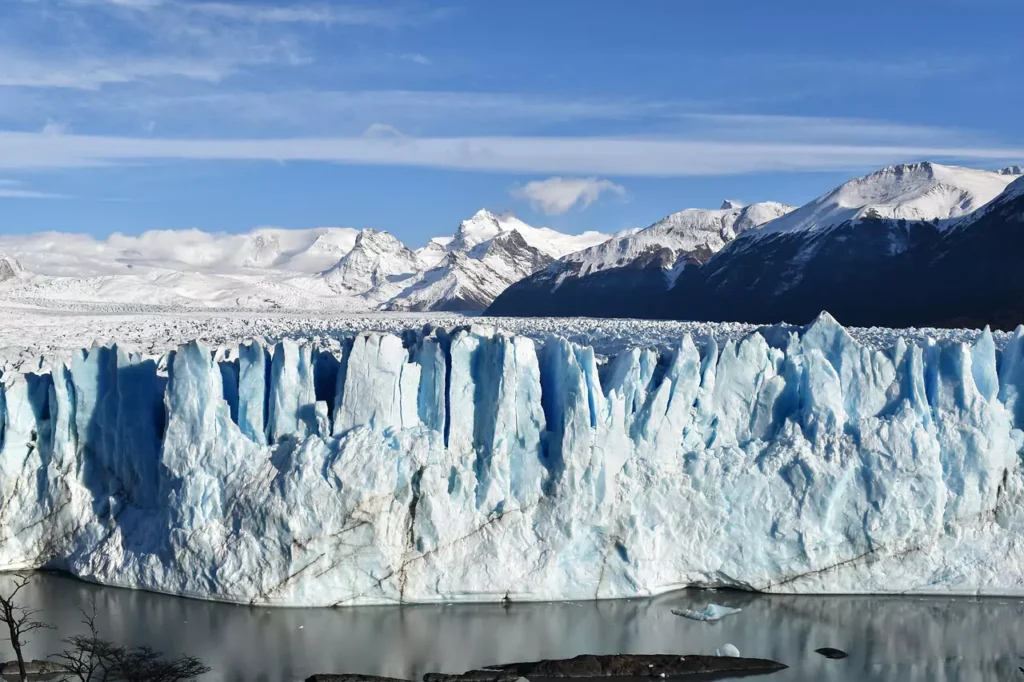
Planning Your Adventure – How to Travel to Patagonia
A well-prepared journey to Patagonia can transform your adventure from daunting to delightful. Here’s how you can plan every detail, ensuring that your trip is both memorable and manageable.
When to Visit: Best Times and Seasons
Timing is crucial when you plan your expedition into Patagonia. The region’s climate is as dynamic as its terrain, making certain seasons more favorable depending on your interests.
- Seasonal Breakdown:
- Summer (December to February): Ideal for trekking and outdoor activities with longer daylight hours and milder temperatures.
- Autumn (March to May): Enjoy cooler temperatures, vibrant foliage, and fewer crowds.
- Winter (June to August): A time for solitude and dramatic snowy landscapes, though some areas may be less accessible.
- Spring (September to November): Witness the rebirth of nature with blooming flora and active wildlife.
- Pros and Cons:
- Peak Season: More services and guided tours, but also larger crowds and higher prices.
- Off-Peak Season: Greater solitude and cost savings, but with possible limitations in services and unpredictable weather.
- Key Data & Resources:
- Local climate reports and seasonal tourist statistics provide valuable insights into the best travel windows.
How to Get There – Transportation Options
Your journey begins long before you set foot in Patagonia. Understanding your transportation options can help you navigate both major hubs and remote outposts with ease.
- Air Travel:
- Fly into major gateways like Punta Arenas (Chile) or El Calafate (Argentina).
- Several airlines offer direct and connecting flights to these cities.
- Ground Transportation:
- Buses and Coaches: Regular services connect major towns, offering an affordable way to travel.
- Car Rentals: Perfect for those who prefer flexibility and the thrill of self-guided exploration.
- Guided Tours: An excellent option for travelers who want expert insights into the region’s hidden gems.
- Tips for Remote Areas:
- Research local transportation schedules as services can be less frequent in more isolated regions.
- Always plan ahead and allow extra time for unforeseen delays.
- Key Data & Resources:
- Up-to-date airline schedules, local bus timetables, and travel guides will help streamline your transportation planning.
Visa, Documentation, and Itinerary Planning
Ensuring that your travel documents are in order and your itinerary is well thought-out will pave the way for a smooth journey through Patagonia.
- Visa Requirements:
- Check the entry requirements for both Argentina and Chile, as they may differ based on your nationality.
- Verify if you need a visa or if your passport qualifies for visa-free entry.
- Documentation Checklist:
- Must-Have Items:
- Valid passport
- Appropriate visas
- Travel insurance documents
- Copies of important documents stored separately
- Must-Have Items:
- Itinerary Planning:
- Map out your route, balancing must-see landmarks with opportunities for rest and local exploration.
- Factor in travel times, distances, and potential delays to create a realistic schedule.
- Budgeting:
- Outline estimated costs for accommodations, meals, activities, and local transport.
- Consider setting aside extra funds for emergencies or spontaneous adventures.
- Key Data & Resources:
- Government tourism websites and travel advisories are excellent sources for up-to-date visa information and itinerary suggestions.
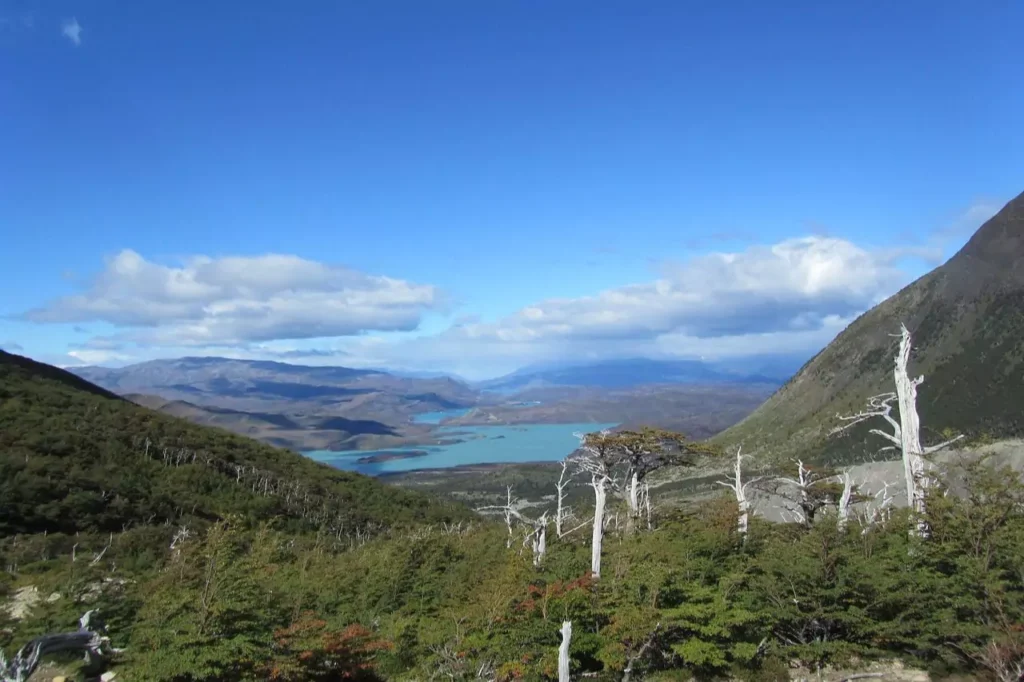
Exploring Patagonia’s Natural Wonders
Patagonia’s natural splendor is its greatest draw. Whether you’re a nature enthusiast or simply seeking breathtaking vistas, this region offers countless opportunities to connect with the wild.
National Parks and Protected Areas
The well-preserved national parks of Patagonia are a haven for nature lovers and conservation enthusiasts alike.
- Major National Parks:
- Torres del Paine National Park (Chile): Renowned for its dramatic mountain formations, pristine lakes, and diverse wildlife.
- Los Glaciares National Park (Argentina): Home to the magnificent Perito Moreno Glacier and rugged, snow-capped peaks.
- Visitor Guidelines:
- Follow park regulations to protect the environment and ensure the safety of all visitors.
- Respect wildlife and stick to designated trails to minimize your ecological impact.
- Conservation Efforts:
- Many parks have initiatives aimed at preserving local flora and fauna. As a visitor, you can contribute by practicing responsible tourism.
- Key Data & Resources:
- National park visitor statistics and environmental studies offer insights into conservation successes and challenges.
Iconic Landmarks and Scenic Routes
Patagonia’s landmarks are legendary. Your journey will take you past some of the world’s most stunning natural attractions.
- Top Landmarks to Explore:
- Torres del Paine: The towering peaks and deep blue lakes offer a surreal landscape perfect for photography.
- Perito Moreno Glacier: Witness the majestic flow of ice, with its vibrant hues and dramatic calving events.
- Fitz Roy Mountain: A magnet for climbers and hikers, this peak embodies the raw power of nature.
- Scenic Routes:
- Consider driving or hiking along routes that offer panoramic views and multiple photo opportunities.
- Many scenic trails are well-marked, ensuring you don’t miss the chance to capture unforgettable moments.
- Key Data & Resources:
- Traveler reviews and tourism board recommendations can help you plan your visits to these iconic sites.
Wildlife and Unique Ecosystems
Patagonia is a living laboratory of biodiversity, home to unique species that thrive in its varied habitats.
- Wildlife Encounters:
- Spot native species such as guanacos, Andean condors, and pumas in their natural environments.
- Wildlife tours offer guided experiences that ensure safe and respectful encounters with local fauna.
- Ecosystem Diversity:
- From the coastal regions to the high mountain passes, the variety of ecosystems supports a wide range of plant and animal life.
- Understand the importance of each habitat in maintaining the ecological balance of the region.
- Key Data & Resources:
- Ecotourism studies and wildlife conservation reports provide deeper insights into the region’s biodiversity.
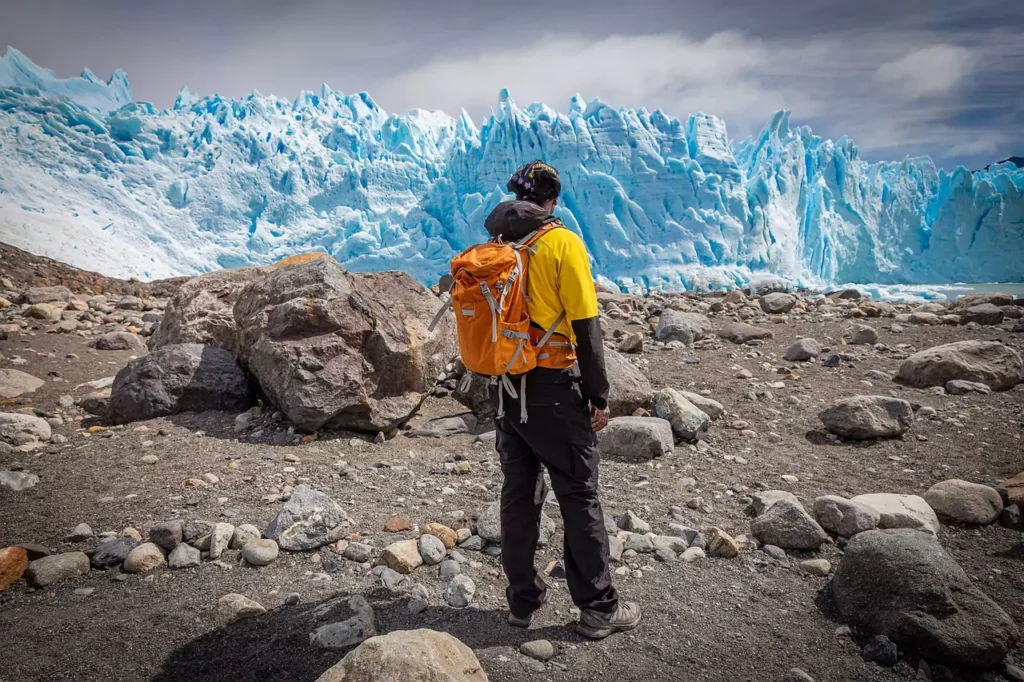
Outdoor Activities and Adventures
For the thrill-seekers and outdoor enthusiasts, Patagonia is a playground of adventure. With activities that challenge your limits and invigorate your spirit, there’s something for every type of adventurer.
Hiking, Trekking, and Exploring
Hiking in Patagonia is more than just exercise—it’s an immersive experience that connects you with the raw, untamed beauty of the land.
- Popular Trekking Routes:
- The W Trek: A multi-day journey through Torres del Paine National Park that takes you past soaring peaks, shimmering lakes, and verdant valleys.
- O Circuit: An extended trek offering a complete loop around the park, allowing for a more intimate encounter with nature.
- Tips for Safe Trekking:
- Always check the weather forecast and trail conditions before setting out.
- Invest in quality gear and plan for emergency situations.
- Essential Gear:
- Durable hiking boots, waterproof clothing, and navigation tools are crucial to ensure your safety on the trails.
- Key Data & Resources:
- Expert hiking guides and local tour operators provide valuable advice and route maps.
Adventure Sports and Extreme Activities
If you’re looking to push your boundaries, Patagonia’s rugged terrain offers opportunities for adrenaline-pumping sports.
- Types of Adventure Sports:
- Rock Climbing: Scale steep cliffs and crags under the guidance of experienced instructors.
- Kayaking: Paddle through glacial waters or along winding rivers that cut through the landscape.
- Horseback Riding: Experience the region like a true gaucho as you traverse remote trails.
- Safety Guidelines:
- Always use recommended safety equipment and adhere to expert advice.
- Familiarize yourself with local conditions before embarking on extreme activities.
- Key Data & Resources:
- Local adventure sports operators and safety records ensure you have a secure yet exhilarating experience.
Photography and Nature Walks
Patagonia’s majestic vistas provide endless opportunities for capturing memories. Whether you’re a professional photographer or a casual snap-happy traveler, here are some tips to enhance your experience.
- Best Times for Photography:
- Early mornings and late afternoons provide the best natural lighting, highlighting the region’s vibrant colors and textures.
- Photography Tips:
- Experiment with different angles, compositions, and techniques to capture the diverse landscapes.
- Practice ethical photography by respecting wildlife and local customs.
- Nature Walks:
- Enjoy leisurely strolls along marked trails that lead to hidden gems and quiet spots ideal for reflection.
- Key Data & Resources:
- Photography guides and local experts can offer insights into the best techniques and locations for capturing Patagonia’s beauty.
Immersing in Local Culture and Cuisine
Beyond the breathtaking landscapes, Patagonia invites you to explore its rich cultural heritage and savor its unique culinary delights.
A Culinary Journey Through Patagonia
Your taste buds are in for a treat as you explore the regional cuisine—a vibrant mix of flavors that tells the story of Patagonia’s history and natural abundance.
- Signature Dishes:
- Patagonian Lamb: Savor slow-cooked, tender lamb that has been a staple of the local diet for generations.
- Seafood Specialties: Enjoy fresh catches from the nearby coastal areas, offering a delightful contrast to the hearty meat dishes.
- Dining Experiences:
- Visit local restaurants and food markets where traditional recipes are celebrated and passed down through families.
- Local Ingredients:
- Learn about the ingredients that define Patagonian cuisine, from native herbs to locally raised livestock.
- Key Data & Resources:
- Culinary travel blogs and restaurant reviews provide recommendations and insider tips on the best places to dine.
Arts, Crafts, and Souvenirs
Taking home a piece of Patagonia’s vibrant culture is as simple as exploring its local markets and artisan workshops.
- Authentic Souvenirs:
- Browse through handcrafted goods that reflect the region’s cultural identity, such as woven textiles, pottery, and locally produced jewelry.
- Supporting Local Artisans:
- Purchase directly from the makers, ensuring that your souvenirs not only delight you but also support local communities.
- Cultural Keepsakes:
- Look for items that tell a story—a painting, a handcrafted tool, or a piece of indigenous art that resonates with your journey.
- Key Data & Resources:
- Local artisan associations and cultural heritage sites offer background information on the significance of various crafts.
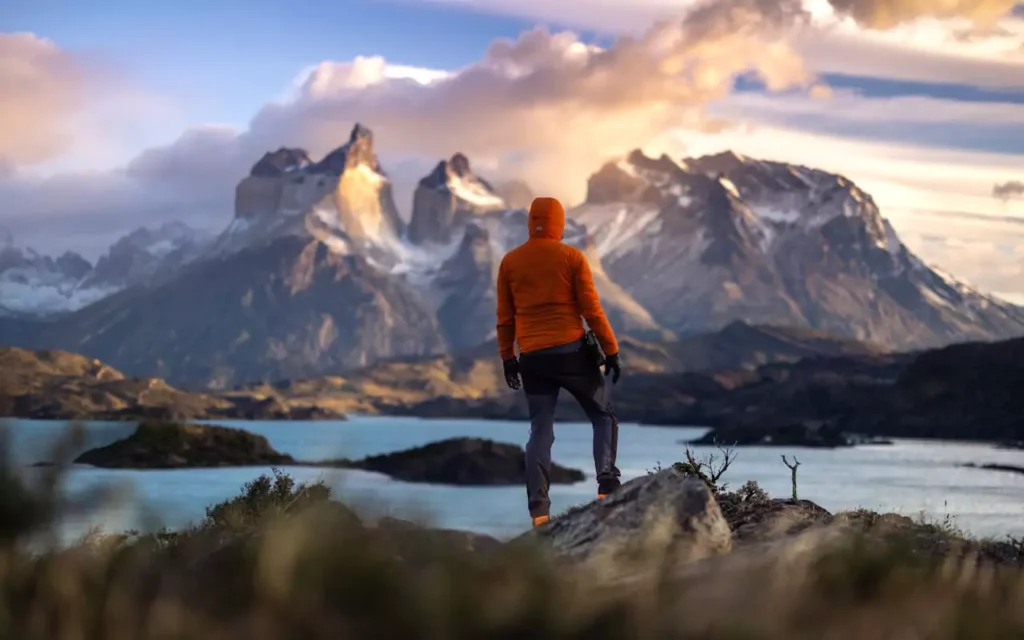
Practical Travel Tips for Patagonia
Preparation is key to enjoying everything Patagonia has to offer. These practical tips will help you navigate the challenges of remote travel and ensure a comfortable, safe experience.
Safety, Health, and Essential Precautions
When exploring remote areas, it’s important to take safety and health seriously. Traveling can be a far more rewarding experience when you come prepared.
- Health Precautions:
- Bring a fully equipped first-aid kit along with any essential medications you may need.
- Stay informed about local health facilities and emergency contacts.
- Safety Tips:
- Check the weather regularly and adjust your plans accordingly.
- Inform someone about your itinerary, especially when trekking in isolated areas.
- Emergency Preparedness:
- Learn basic self-rescue techniques and know the locations of nearby shelters or ranger stations.
- Bullet List: Essential Safety Tips
- Stay Updated: Monitor local weather and news.
- Communication: Keep a charged mobile phone and emergency contacts handy.
- Travel Light: Ensure your pack contains essential survival gear.
- Key Data & Resources:
- Travel advisories and local emergency services websites provide the latest safety updates.
Packing and Gear Essentials
Packing correctly can significantly impact your travel experience in Patagonia’s unpredictable climate.
- Must-Have Items:
- Clothing: Waterproof and windproof jackets, thermal layers, and durable hiking boots.
- Gear: Maps, GPS devices, and a reliable backpack designed for rugged terrains.
- Accessories: Sunglasses, a hat, and sunscreen to protect against the strong southern sun.
- Packing Tips:
- Organize your gear by functionality to make it easier to access what you need on the go.
- Keep essentials in a carry-on if you’re flying, as weather conditions may delay transportation.
- Key Data & Resources:
- Outdoor gear reviews and packing checklists from seasoned travelers ensure you’re well-prepared for the journey.
Accommodation and Lodging Recommendations
Where you stay can enhance your overall experience of Patagonia, offering a blend of comfort and local charm.
- Accommodation Options:
- Luxury Lodges: For those seeking refined comfort amidst nature.
- Budget Hostels and Cabins: Ideal for the adventurous traveler on a tighter budget.
- Eco-Friendly Retreats: Options that emphasize sustainable practices and community engagement.
- Pros and Cons:
- Consider location, amenities, and accessibility when choosing your lodging.
- Booking Tips:
- Read recent traveler reviews and book well in advance during peak seasons.
- Key Data & Resources:
- Tourism board data and accommodation review sites offer detailed insights into lodging options across the region.
Seasonal Travel Considerations in Patagonia
The timing of your visit can influence your entire experience. Understanding Patagonia’s seasonal patterns is crucial to aligning your adventure with your interests and comfort.
Weather Patterns and Best Travel Seasons
Patagonia’s climate is famously unpredictable, making it essential to prepare for rapid changes.
- Seasonal Weather:
- Summer: Extended daylight and milder weather create ideal conditions for outdoor activities.
- Winter: Snow and ice transform the landscape, appealing to those who enjoy solitude and dramatic scenery.
- Planning Tips:
- Always check local weather forecasts before venturing out.
- Pack layered clothing to adapt to sudden temperature shifts.
- Key Data & Resources:
- Meteorological data and seasonal travel reports provide guidance on what to expect during each season.
Pros and Cons of Off-Peak Travel
Traveling during off-peak times can offer a different perspective on Patagonia, with benefits and challenges that are unique to quieter periods.
- Benefits:
- Lower Costs: Enjoy reduced prices on accommodations and tours.
- Fewer Crowds: Experience a more intimate connection with nature.
- Unique Experiences: Off-peak travel often reveals hidden gems and local secrets.
- Challenges:
- Limited Services: Some tours and accommodations may operate on reduced schedules.
- Weather Variability: Increased chances of unpredictable weather conditions.
- Bullet List: Off-Peak Considerations
- Cost Savings: More budget-friendly options.
- Peace and Quiet: Ideal for reflective travel.
- Service Availability: Check in advance to avoid disappointments.
- Key Data & Resources:
- Travel blogs and seasonal tourism statistics offer real-world insights into the pros and cons of off-peak travel.
Summarizing Your Patagonia Journey
Your journey to Patagonia is far more than a simple travel experience—it is an invitation to explore, reflect, and grow. With its awe-inspiring landscapes, rich cultural heritage, and endless opportunities for adventure, Patagonia promises to leave an indelible mark on your soul. As you prepare for this extraordinary expedition, embrace every challenge and cherish every discovery. Let this guide serve as your trusted companion while you navigate the wonders of Patagonia, ensuring that your adventure is as safe as it is unforgettable. Begin planning today, and step into a world where nature and spirit unite in perfect harmony.

